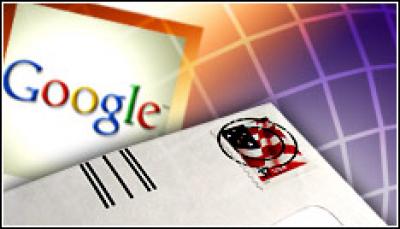Google Launches Gmail Translation Tool

Google has introduced several new features in 2009 to Google Apps and Gmail designed to make those services more robust for the enterprise, in addition to increasing their consumer user base
Google announced on May 19 that it would provide one-click automatic message translation for Gmail through a new application introduced in Gmail Labs. Some 41 languages are on offer, including Turkish, Thai and Estonian.
The feature can be activated by clicking on the Settings tab within Gmail, followed by the Labs tab. Once in Google Labs, enable Message Translation. Those using Premier and Education Editions of Google Apps will need to enable Gmail Labs from within the admin control panel before proceeding.
“If your entire company uses Gmail, e-mail communications between people in your company can take place in the language that’s most comfortable for them,” Jeff Chin, product manager for Google Translate, wrote in a May 19 corporate blog post. “Each person can write messages in their native language and the recipients can translate the messages into their respective native languages.
Chin warned, however, that machine translation still contains flaws.
“It can be quite useful in providing the quick gist of a message, especially if you receive a lot of e-mails that aren’t in your native tongue,” he wrote. “If the translation is awkward or not quite right, you can quickly return to the original message by clicking ‘View original message’ link.”
Cloud computing, apparently, provided the power to build a translation platform that could be scaled to 40 languages and millions of users. The translation system itself, according to Google, consists of thousands of computers processing billions of words’ worth of monolingual and bilingual text to “build statistical language and translation models.”
In March, Google made Gmail Labs available in 49 languages. Originally launched in June 2008, Gmail Labs allows users to activate some niche features, including the ability to view YouTube previews in an e-mail, as well as some quirky ones, including Mail Goggles, which prevents an e-mail from being sent until the sender has completed a series of math questions.
In January 2009, Google positioned Gmail more competitively against Microsoft, Yahoo Zimbra and other services by providing offline access for Gmail and Google Calendar, a feature already included in those other companies’ e-mail offerings.